Over the years, Drupal evolved significantly with Drupal 7 leaving a huge legacy and Drupal 10 introducing features and content management improvements. As the end-of-life (EOL) date for Drupal 7 approaches in January 2025, many website owners are considering if they should upgrade to Drupal 10. Thus, this blog is crafted to put forth a complete checklist comparison, Drupal 7 vs 10, to help you make an informed decision.
Architecture & Core Performance
Drupal 7:
- An architecture that is quite old, that only runs PHP in a functional way, which is less performant and significantly harder to scale.
- Does not include built-in caching which you would normally be able to do with a 3rd party module for performance optimizations.
Drupal 10:
- Developed using Symfony 6 and PHP 8.1 for improved performance, security, and consistency with contemporary coding standards.
- Includes BigPipe caching for fast page loads.
User Interface & Admin Experience
Drupal 7:
- Old UI Hello Retired UI. This module requires Admin Toolbar module to be useful.
- No built-in WYSIWYG editor.
Drupal 10:
- Comes with Claro admin theme which is modern and user-friendly.
- For smooth content editing with CKEditor 5.
Theming and Frontend Features
Drupal 7:
- I would be using the legacy PHPTemplate engine, which is harder to maintain.
- They are mostly responsive but require a lot of manual labour.
Drupal 10:
- Uses the more flexible and secure Twig templating engine.
- Offers you an updated and adaptive theme, Olivero.
Security & Support
Drupal 7:
- No updates for security will be provided after Jan. 5, 2025, other than through extended paid support.
- Older versions of PHP leave it vulnerable to attacks.
Drupal 10:
- Install NextJS 13 with Symfony 6 and PHP 8.1 Compatibility And Regular Security Updates.
- Core modules become tighter due to inbuilt vulnerability prevention.
Module Compatibility
Drupal 7:
- 윾 This issue and fix is common among contributed modules for Drupal that are no longer maintained.
- Only part of the Hooks system, which again, is not very modern and flexible.
Drupal 10:
- Object-Oriented Programming (OOP) — Helps in the creation of simple modules and easy extensibility.
- Auto-update: reduces manual work for security patches.
Multilingual & Accessibility
Drupal 7:
- Other modules intl(i18n) for multilingual support.
- There’s a lack of accessibility features.
Drupal 10:
- Supports 4 core modules in a natively multi-lingual platform.
- NoData: The service has data availability guarantees.
Migration Complexity
Drupal 7:
- It has completely different architecture that is why you have to fully migrate the content to Drupal 10.
- All contributed modules must be checked against replacements.
Drupal 10:
- Easier upgrade from Drupal 8 or 9, as both run on the same modern architecture.
Conclusion — Should you migrate?
⚠️ If you are on Drupal 7, then migrate to Drupal 10 ASAP. More security vulnerabilities and restrictions on modules were caused by the deprecation of Drupal 7. For long-term scalable solutions, when prepared for performance, security, and features, it is undoubtedly Drupal 10.
💡 Not sure yet? Conduct a Drupal migration audit to assess your site.
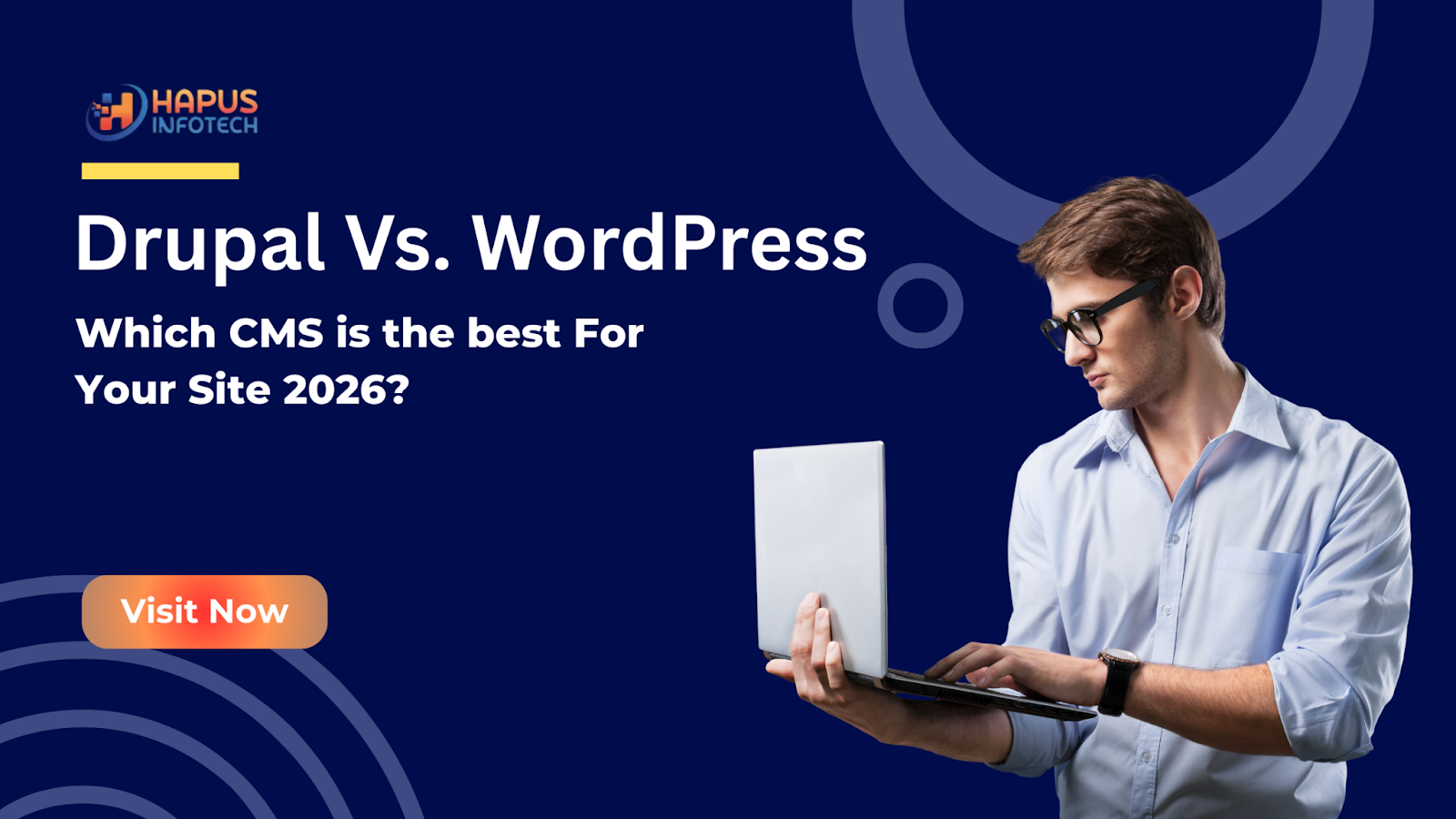
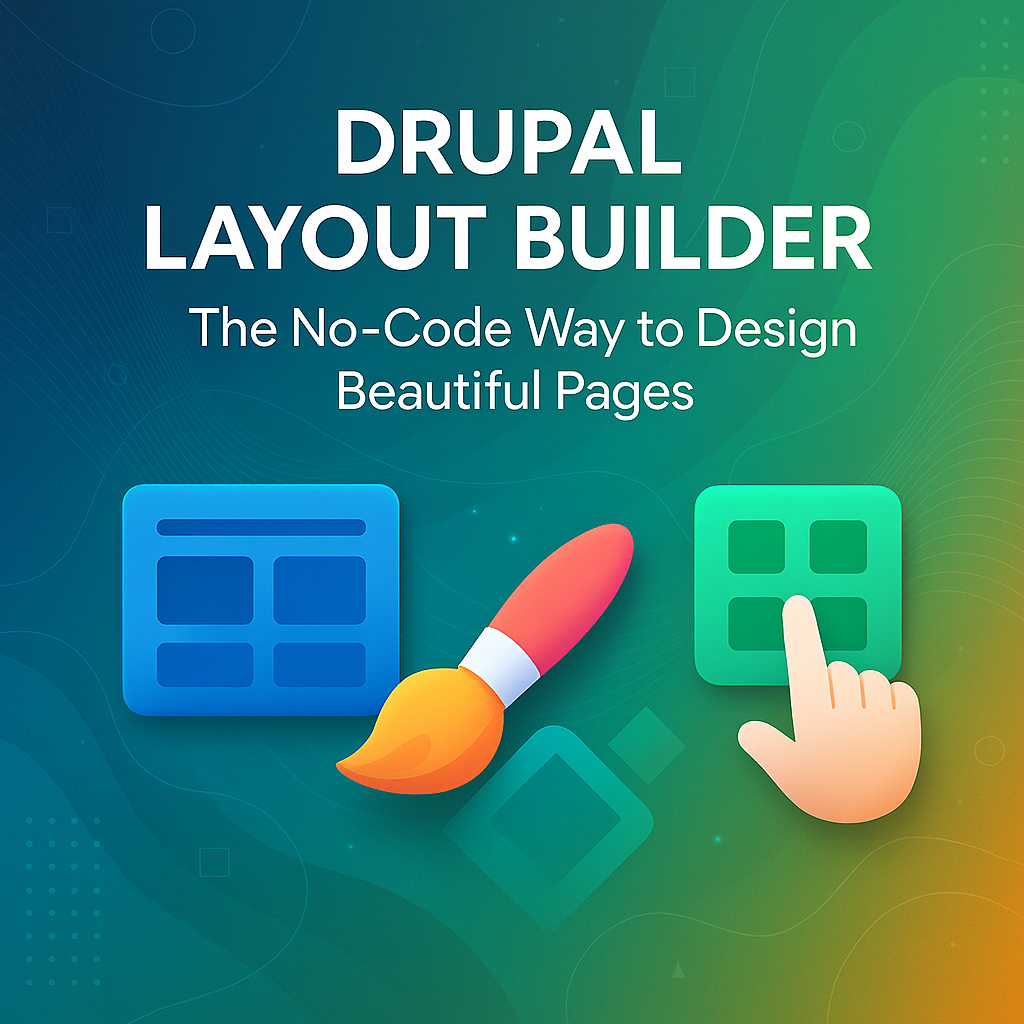

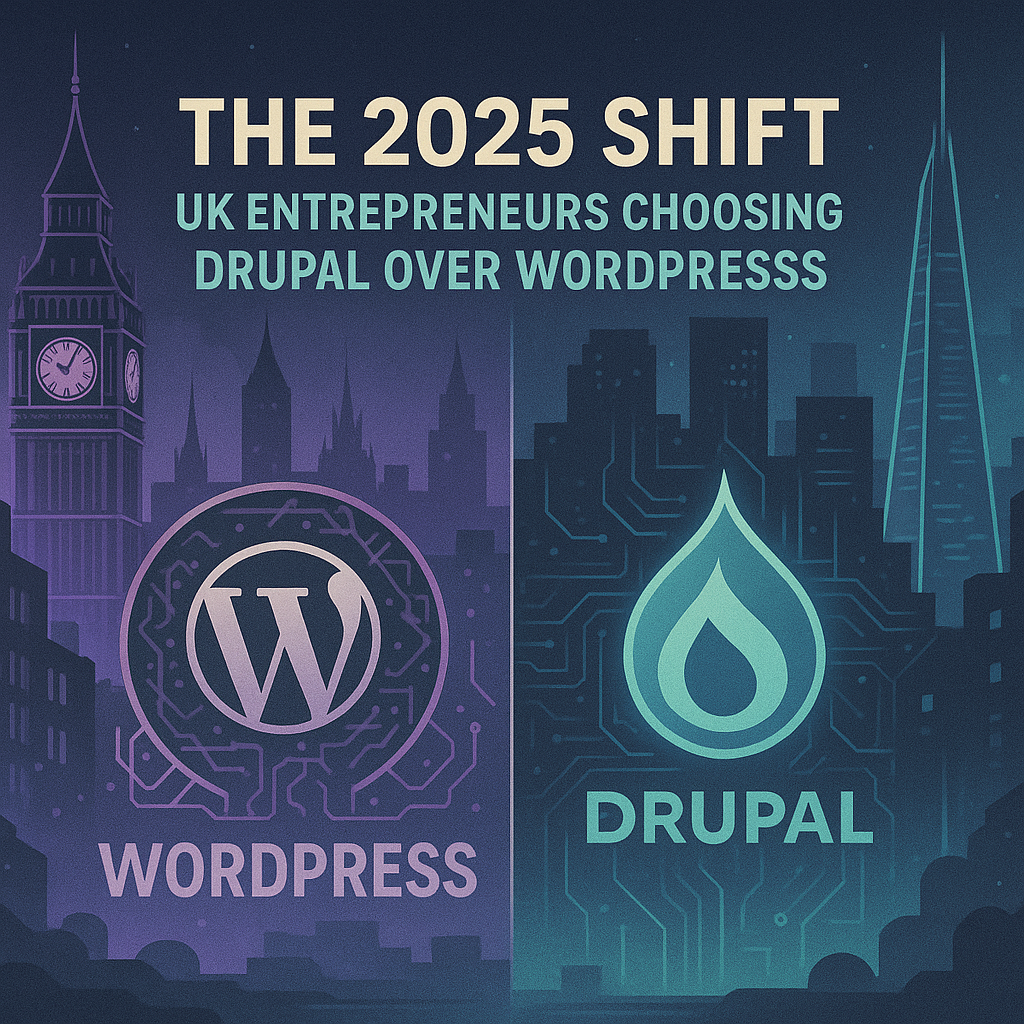
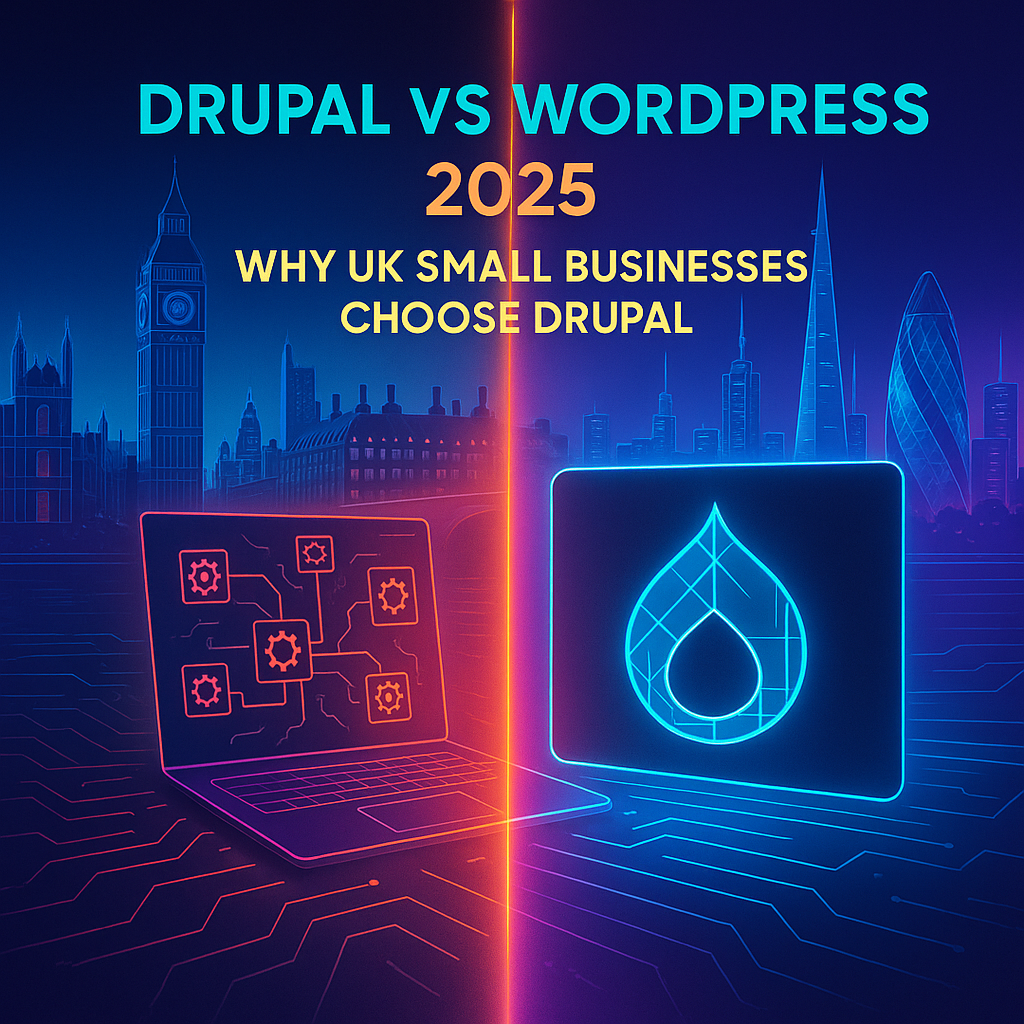
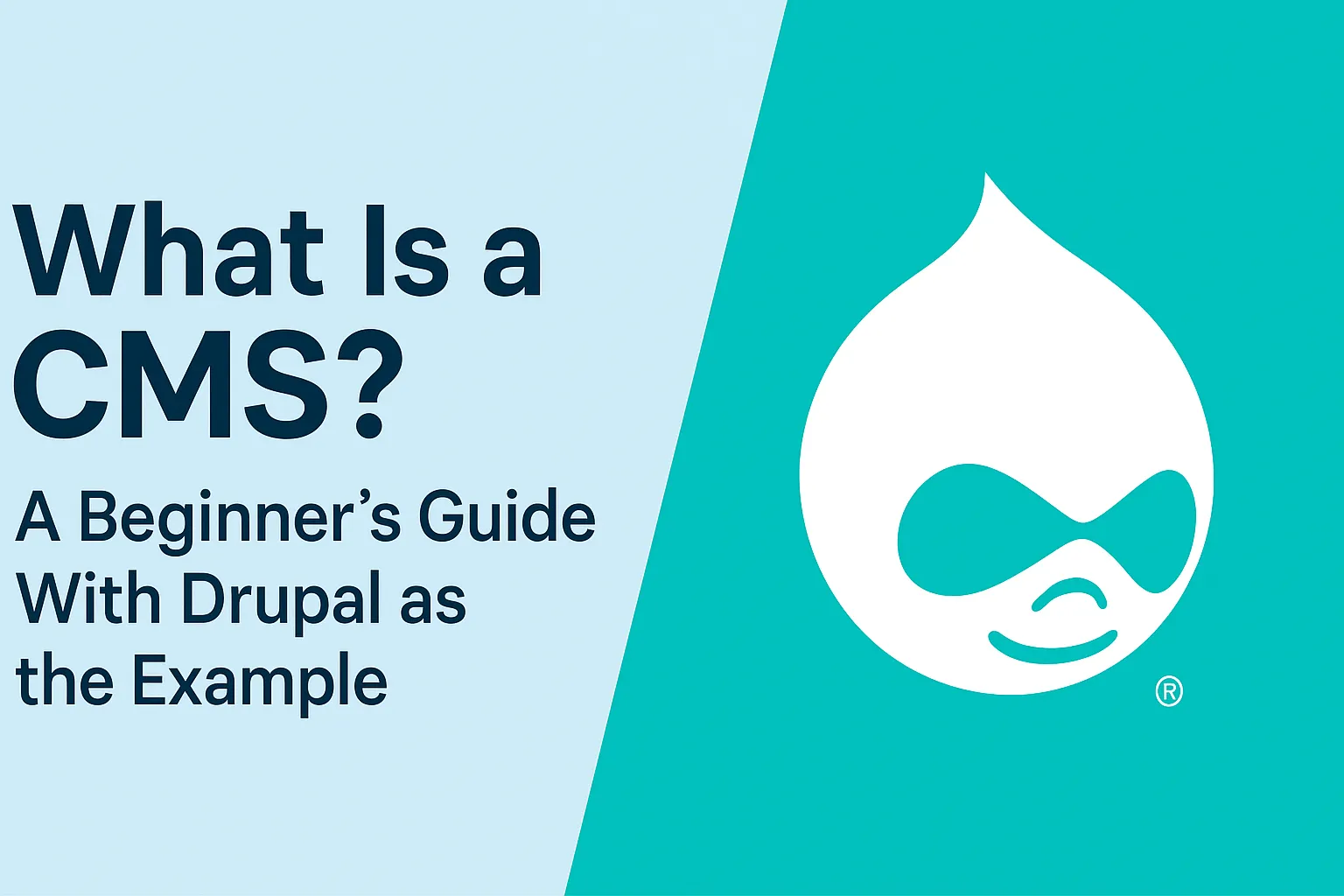
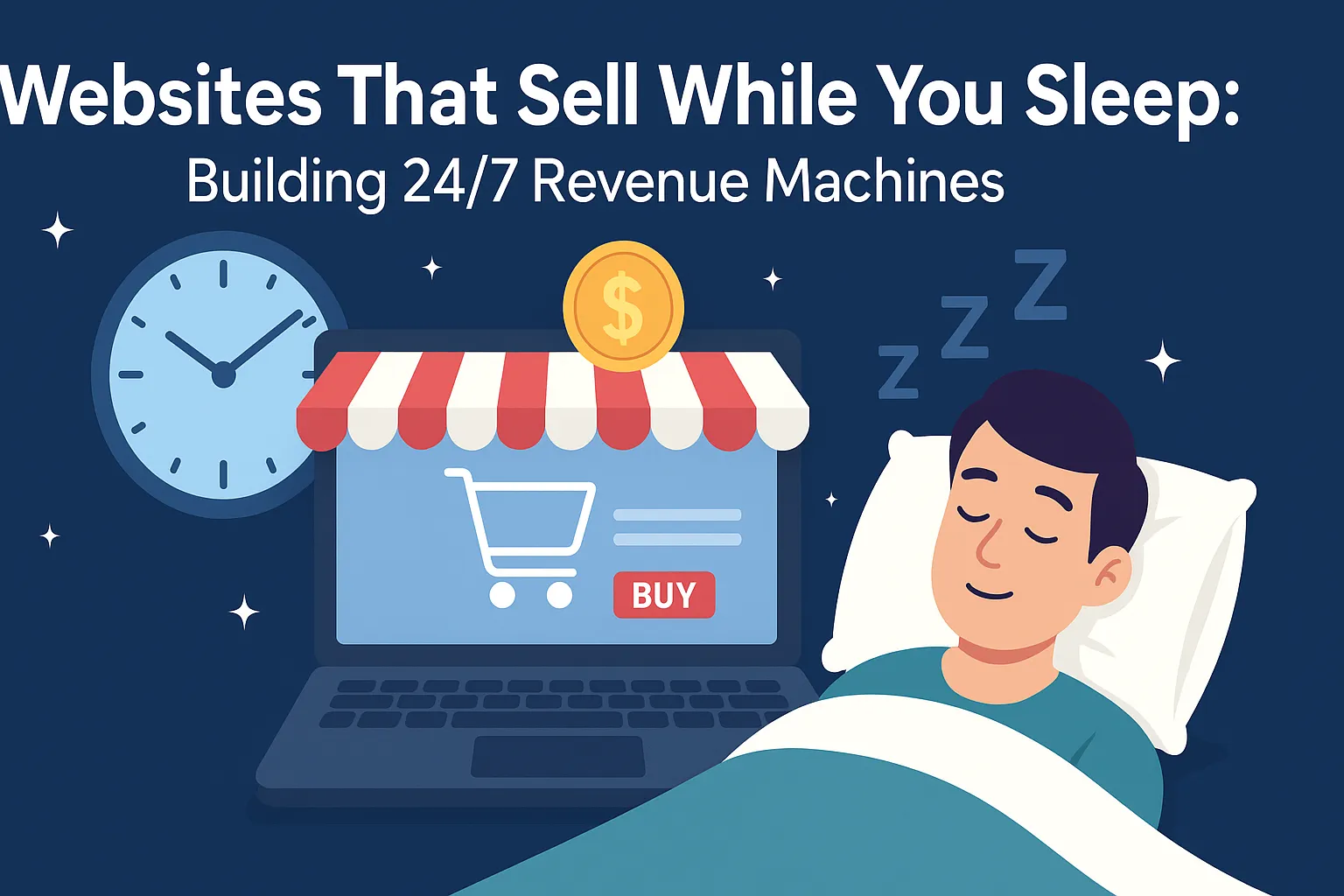
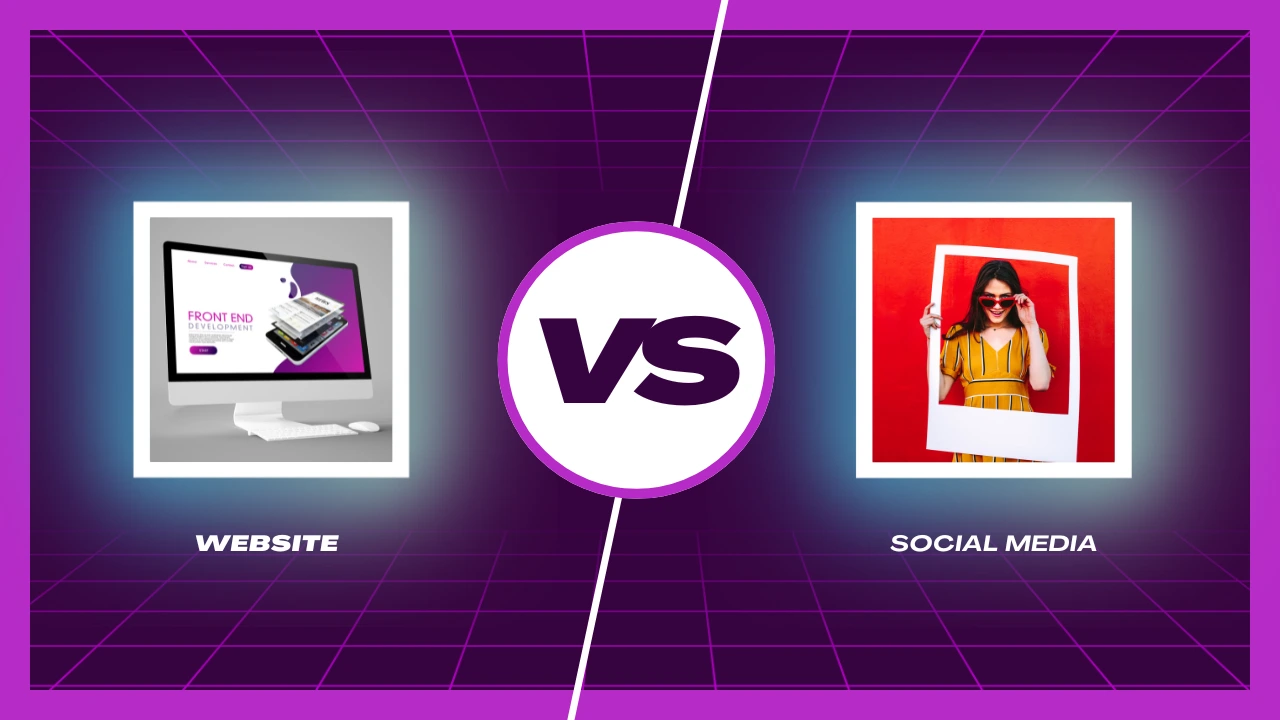
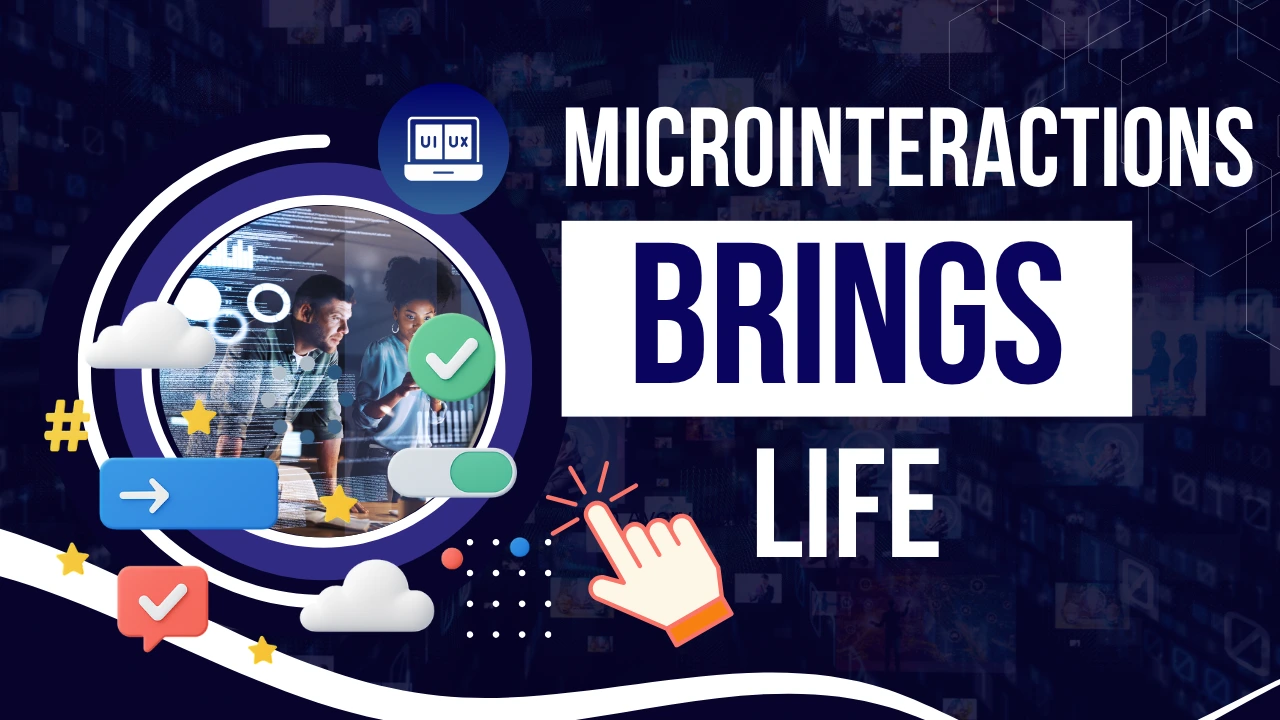



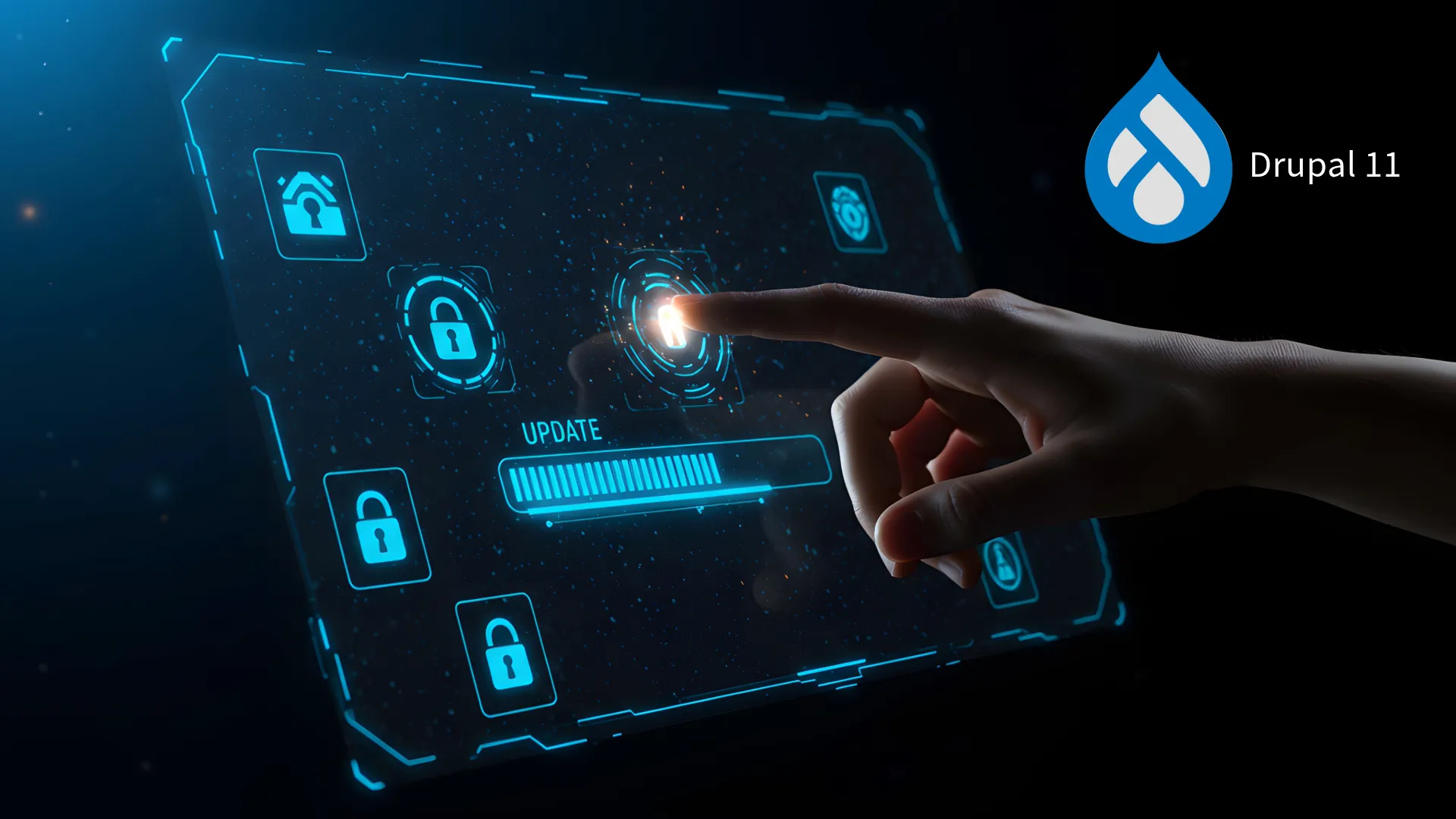


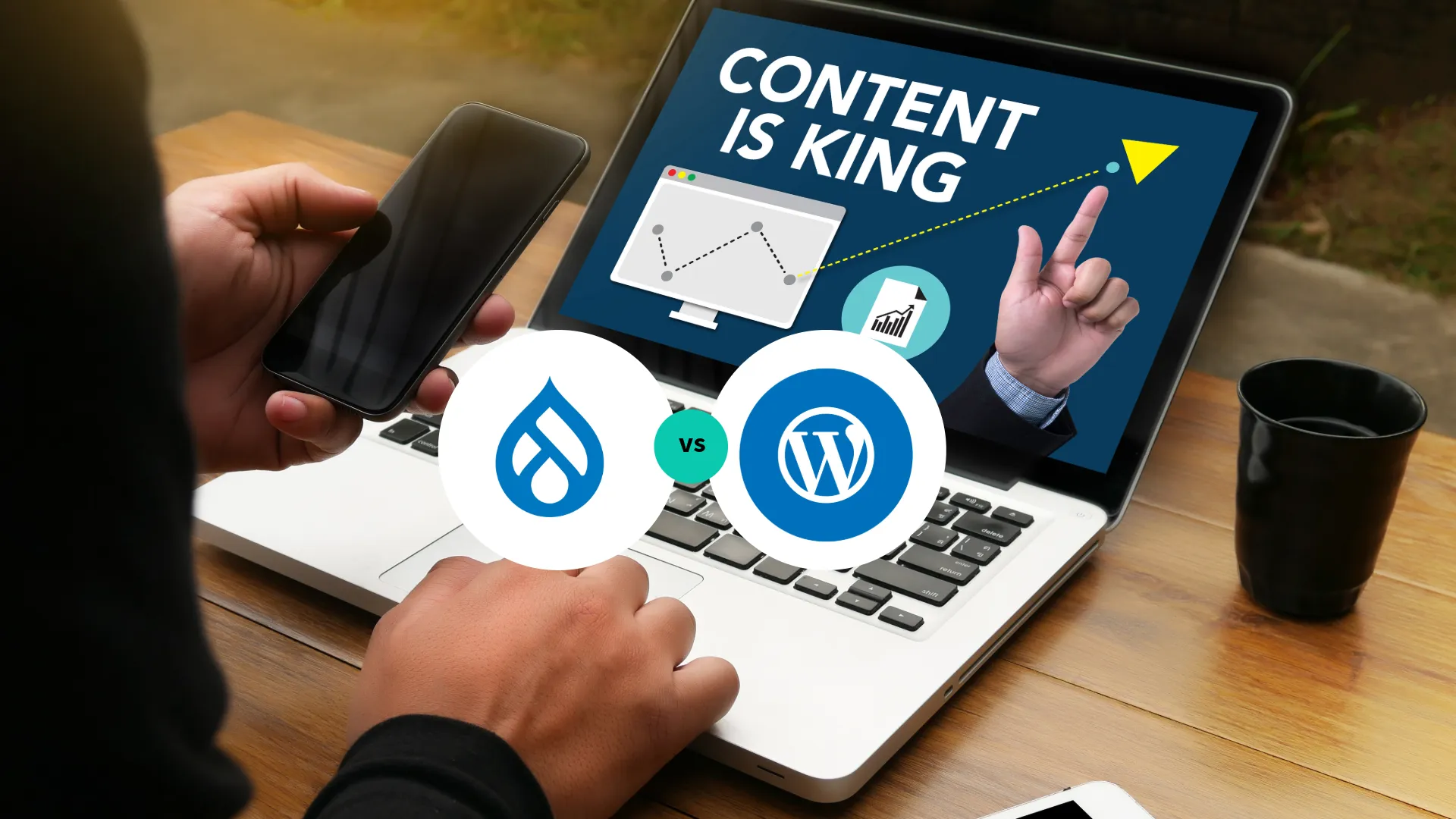

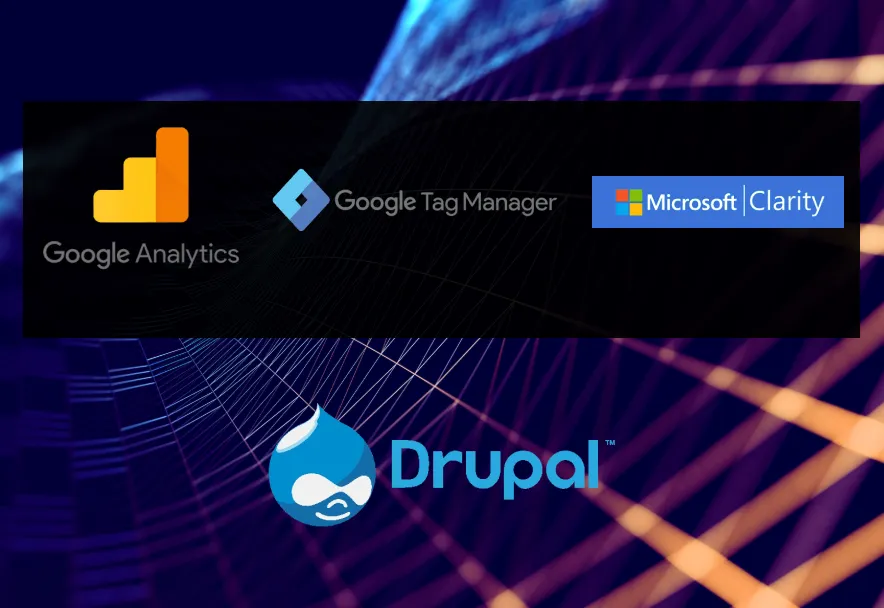









Comments